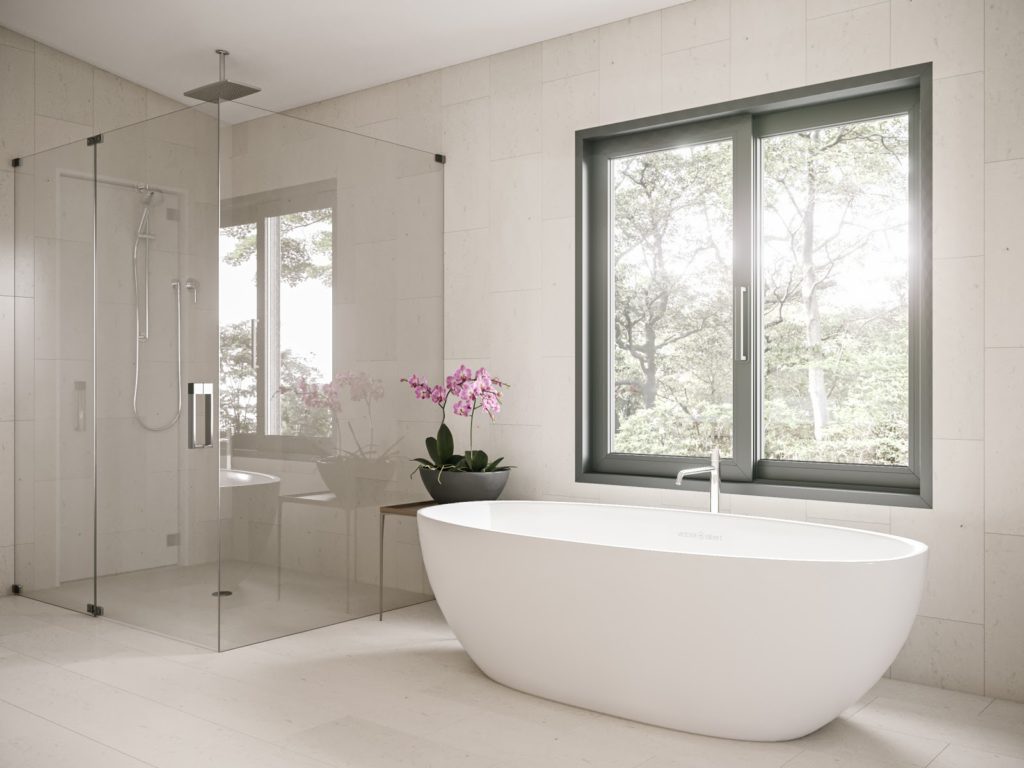5 SIMPLE TIPS FOR CREATING A HEALING ENVIRONMENT AT HOME
Did you know that yоur hоmе’s іntеrіоr design directly influences your health and well-being? When it comes to designing spaces, people often focus on functionality, practicality, and personal preference, without fully considering how each of these elements works together to create an integrative space that not only supports one’s day-to-day needs but also enhances their physical and emotional health. In Eastern cultures, interior design is often used to promote health, healing, and even prosperity. Indeed, from practicing Feng-Shui to considering architectural elements, no detail is too small when it comes to designing for health and wellness.
Here are five easy tips for designing a holistic yet functional space that helps promote health and well-being.
1. Cultivate calm with color. Bright, vibrant colors can be fun. But before you paint your entire bedroom in Candy Apple Red, consider the fact that warm tones are energizing and stimulating; whereas, cool shades like light blue, slate, and green, and neutral shades, such as cream and white, are inherently calm and soothing. That’s not to say you can’t use vivid colors in your home—simply pick an appropriate room for them. The kitchen and dining areas, which are traditional gathering spaces, are perfect for brighter color palettes.
2. Create the illusion of space. Small spaces can feel confining and enclosed, which can actually induce stress and anxiety. To give a small room a sense of spaciousness, use a neutral color palette on the walls. Creams and whites are especially effective at opening up a space. Additionally, a large-scale mirror on a wall opposite an entryway can make a room feel twice as large.
3. Let the light shine in. Scientific research has shown that spaces filled with soft, natural light improve mood and even help lift depression. Replace heavy drapes with modern woven-wood, roller or Roman-style shades, which are easy to maneuver for regulating light flow into a space. If your living spaces are naturally dark and windowless, consider investing in a sun lamp and incorporating other types of mood lighting into your décor. Better yet, add one or two solar tubes and let that light flood in.
4. Clear the clutter. It goes without saying that a clutter-free home is generally less stressful and feels less chaotic than one packed to the brim with furniture, knickknacks, and other items. Storage ottomans, floating shelves, buffets, and armoires are ideal for stowing items and keeping clutter to a minimum. If clearing the clutter isn’t an option—an active family means clutter is sometimes unavoidable—consider creating clutter-free zones in the home. Living rooms, home offices, and the master bedroom should be orderly and maintained for the purpose of inviting rest and promoting clarity.
5. When in doubt, choose comfort first. Perhaps you have an eye on a high-back settee or a trendy midcentury modern chair. Before investing in an item solely for its aesthetics, make sure it is also practical for your lifestyle. Beautiful furnishings are extraordinary and special, but when they aren’t both comfortable and functional, they become little more than window dressing taking up precious space.
While the field of interior design is widely known for its focus on aesthetics and beauty, its benefits are extensive and impact virtually every aspect of our lives—from our physical well-being to our emotional health. If you’d like more information about how to cultivate a healing environment in your home, please contact Duffek Design at 949.395.6460 or by email: info@duffekdesign.com




